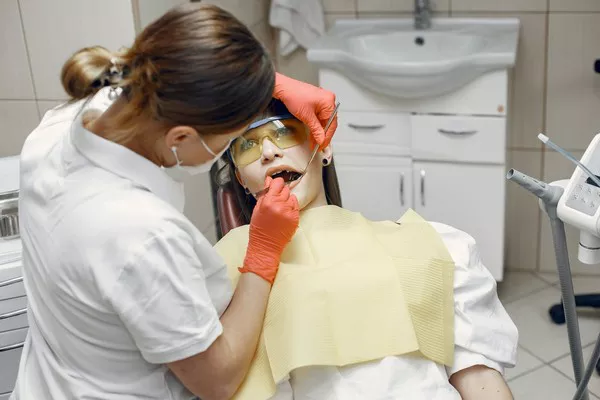Gingivitis, an early stage of gum disease, is a common oral health concern that affects many individuals worldwide. While poor oral hygiene is a well-known risk factor for gingivitis, another significant contributor to its development is smoking. In this article, we will explore the relationship between smoking and gingivitis, examining the underlying mechanisms, the impact of smoking on oral health, and effective preventive measures. Understanding the detrimental effects of smoking on gingival health can empower individuals to make informed decisions about their oral health and take proactive steps towards prevention.
I. What is Gingivitis?
Gingivitis is a mild form of gum disease characterized by inflammation of the gums. It occurs due to the accumulation of plaque—a sticky film of bacteria—along the gumline. Common symptoms include red, swollen, and bleeding gums, as well as bad breath. If left untreated, gingivitis can progress to more severe forms of gum disease.
II. The Link Between Smoking and Gingivitis:
Cigarette Smoke Constituents:
Cigarette smoke contains thousands of harmful chemicals, including nicotine, tar, carbon monoxide, and various carcinogens. These substances have adverse effects on oral tissues, including the gums.
Impaired Blood Circulation:
Smoking constricts blood vessels, reducing the supply of oxygen and nutrients to the gums. This compromised blood flow impairs the ability of gum tissues to heal and fight infections, making smokers more prone to developing gingivitis.
Weakened Immune Response:
Smoking weakens the body’s immune system, impairing its ability to combat infection and inflammation. As a result, smokers may have a diminished ability to fight off the bacteria involved in gingivitis.
III. Impact of Smoking on Gum Health :
Increased Plaque and Tartar Buildup:
Smoking promotes the production of plaque, making it more difficult to maintain good oral hygiene. Additionally, smokers have a higher likelihood of developing tartar—a hard calcified deposit that contributes to gum disease—due to the interaction between tobacco smoke chemicals and saliva.
Persistent Inflammation:
Smoking causes chronic inflammation in the gums, leading to persistent redness, swelling, and tenderness. This inflammation weakens the gum tissues and compromises their ability to combat infections.
Slowed Healing Process:
Cigarette smoke slows down the healing process, hindering the natural repair mechanisms of the gums. It can delay the resolution of gingival inflammation and make smokers more susceptible to recurrent episodes of gingivitis.
Increased Risk of Periodontitis:
Gingivitis left untreated in smokers has a higher likelihood of progressing to periodontitis—an advanced stage of gum disease that affects the supporting structures of the teeth. Periodontitis can lead to tooth loss if not properly managed.
IV. Quitting Smoking and Gingivitis Prevention:
Importance of Quitting:
The most effective way to reduce the risk of gingivitis associated with smoking is to quit smoking altogether. Quitting smoking has numerous health benefits, including improving gum health and reducing the risk of oral diseases.
Professional Support:
Seek guidance from healthcare professionals or smoking cessation programs to develop an individualized quitting plan. They can provide resources, support, and strategies to overcome nicotine addiction.
Oral Hygiene Practices:
Maintain excellent oral hygiene habits, including brushing twice a day with fluoride toothpaste, flossing daily, and using an antimicrobial mouth rinse. Regularly removing plaque from the teeth and gums is crucial for preventing gingivitis.
Regular Dental Check-ups:
Visit your dentist regularly for professional cleanings and check-ups. Dental professionals can monitor your oral health, provide guidance on proper oral hygiene techniques, and detect gingivitis or other oral health issues early.
Healthy Lifestyle Choices:
Adopt a balanced diet rich in fruits, vegetables, whole grains, and lean proteins to support overall oral and systemic health. Limit sugar consumption and avoid tobacco products entirely to reduce the risk of gum disease.
Oral Health Education: Educate yourself and others about the risks of smoking on oral health. Promote awareness about the adverse effects of smoking on gum health and the importance of quitting for preventing gingivitis.
V. Seeking Professional Guidance :
If you have concerns about gingivitis or need assistance with smoking cessation, it is crucial to consult with dental and healthcare professionals. They can assess your oral health, provide personalized advice on preventive measures and quitting strategies, and offer support throughout your journey towards better oral and overall health.
Related Topics:
































